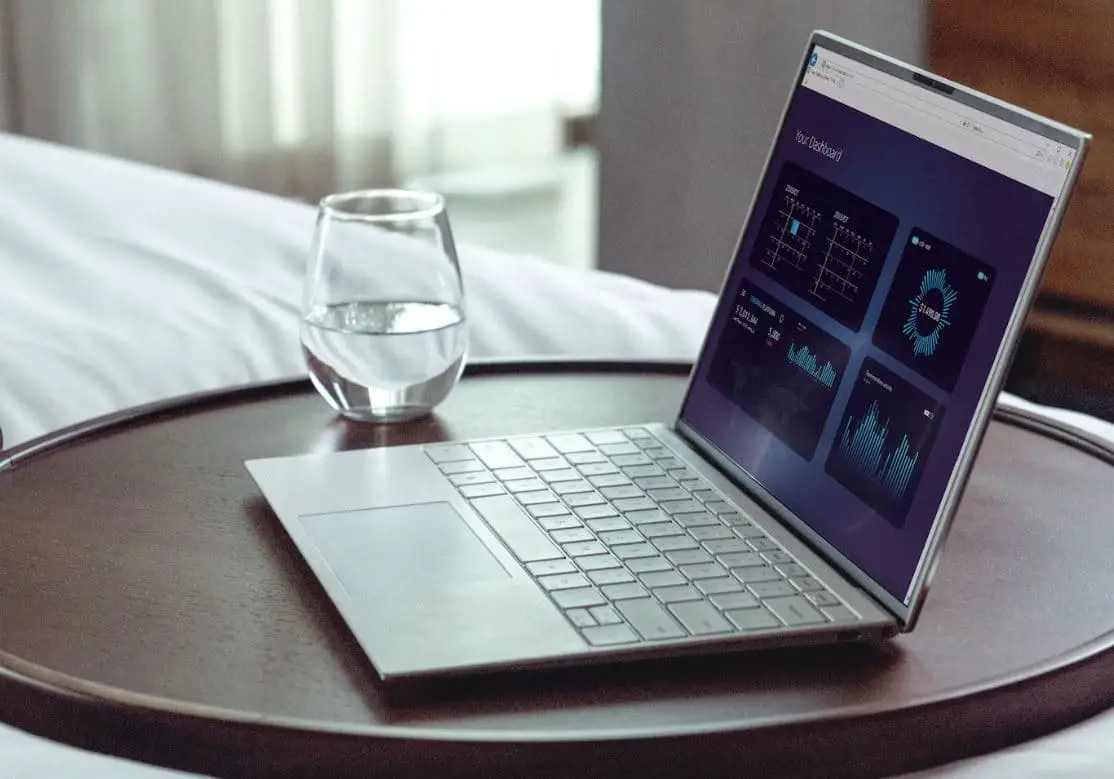With so many people online now, hackers are having a ball plotting and planning their next breach. This means taking additional precautions to protect your Windows PC is key. One of the best things you can possibly do is secure a VPN for Windows that will begin the protection process and keep your information safe. Protecting your personal information from being acquired, as well as protecting yourself from scams, should always be the priority. Here are a few tips on protecting your PC:
Firewall
Windows 10 already has a firewall in place and is automatically turned on. If you have Windows 8, that protection should already be in place as well. Make sure you keep the firewall on to avoid malware attempts.
Updates
One of the easiest ways hackers break into systems is through their own mistakes. Windows has an automatic updates feature that will automatically keep your PC and its applications up to date. It’s a good idea to select automatic updates for all the software being used on the PC.
Antivirus software
Not using antivirus software is like making an omelet with no eggs. Windows 10 and 8 both have the Windows Security or Windows Defender Security Center on the PC already. Don’t turn it off unless you have another program to take its place.
Passwords
How strong are the passwords being used? The evolution of passwords is something to think about. Gone are the days where simple passwords were good enough. Now, you need a certain amount of characters and then symbols. Being creative with password combinations is key.
System protection
Enabling a system restore on your Windows 10 machine can be a lifesaver if things go south. The default is disabled in Windows 10, but manually enabling it will help. Use Windows search to type in system restore, select the control panel and create a restore point. Click system protection in system properties, then configure. Turn on system protection and then click ok. This will help restore the computer to the state it was in before things started going haywire.
Suspicious links
Hackers love sending emails or social media posts that ask you to click on them to do something. Banks and other companies are all experiencing an uptick in fraud and malicious intent. One of the easiest ways to spot a scam. If it’s an email, check where the email came from. That will indicate whether the email is legitimate. In most cases, they aren’t. Avoid clicking links on suspicious online ads, attachments from emails that look like trusted sources and any links on social media from someone you don’t know.
Browsing
It is very important that every precaution be taken when browsing the web. In many cases, a popup will alert the user that the site is potentially harmful. In some cases, this doesn’t happen. There are a large number of sites on the internet that will install malware. If a program asks you to download and you don’t know it to be safe, don’t do it! Use a modernized browser like Microsoft Edge, which helps block websites deemed malicious from being able to install malware or bad code onto the computer.
Illegal material
Let’s face it – we live in a society where everyone tries to get something for free. Movies, music, books and even software all fall into this category. This is not safe, especially if these items don’t come from a trusted or reliable source. This is one of the fastest ways to unknowingly get malware installed on the computer which will lead to additional problems over time.
Other devices
Someone lends you a USB or another type of external device? If it’s from someone you don’t know very well, that device could have a virus on it that could destroy your entire system. Make sure any devices you connect are from a reliable source.
Create a local account
Windows 10 prompts users to log in with their Microsoft account. That means all your settings and changes will automatically sync across devices. While this seems handy, it can also backfire (especially if someone compromises your Microsoft account). Having a local account will help avoid this problem.
Go to start, settings, click accounts Choose the prompt that says a sign in with a local account instead. A prompt will pop up. Use the Microsoft password and click next. A new prompt will come up, requesting you to create a username, password and hint.
Some of these may be tips you’ve heard before, and some may be new. All of them work together to ensure your Windows PC is protected from any possible scenario that may compromise your computer. Being proactive in implementing these tips will work in your favor. With so many opportunities for hackers to compromise information, these are steps you can’t go without.
Also read:

